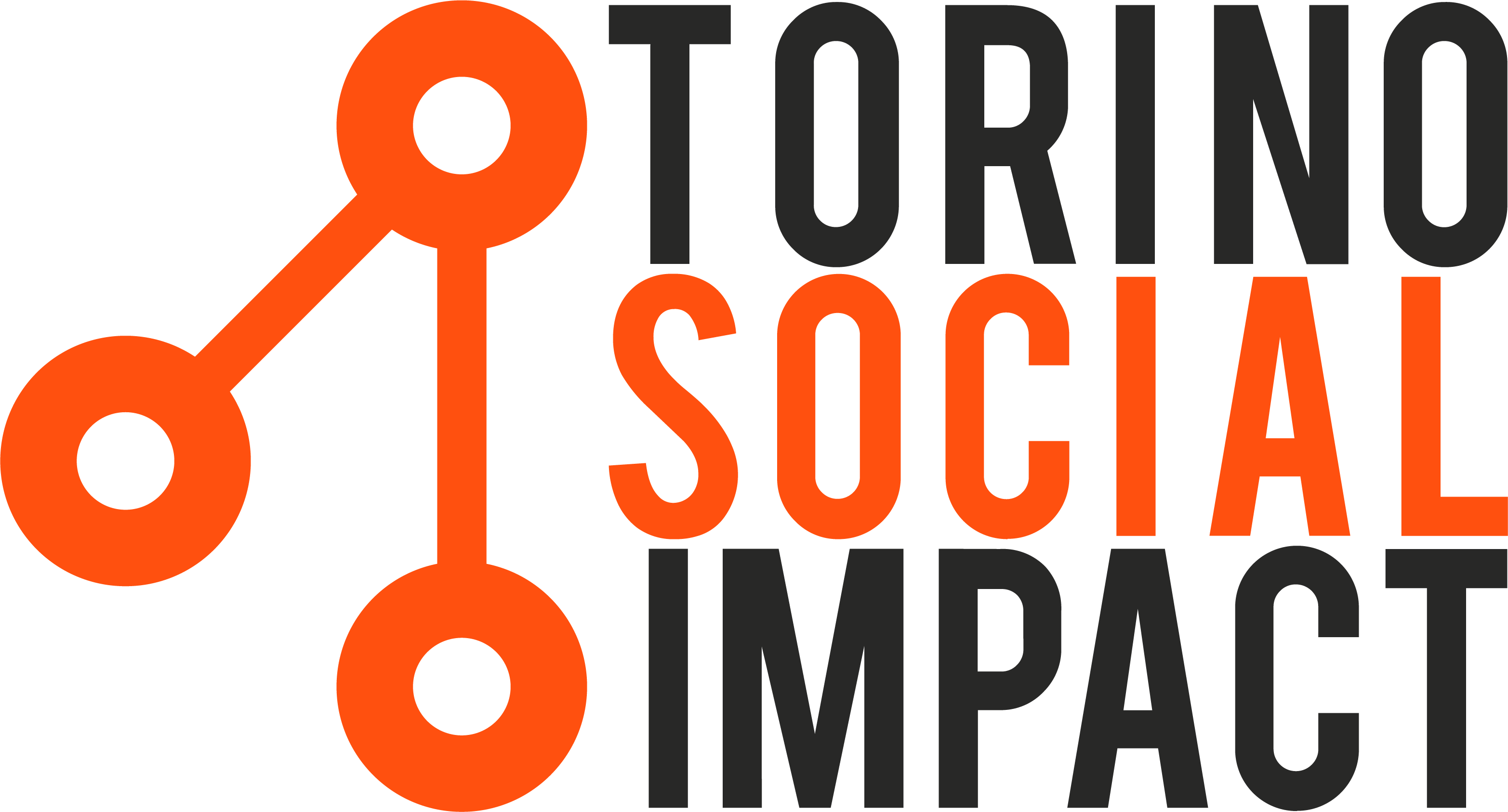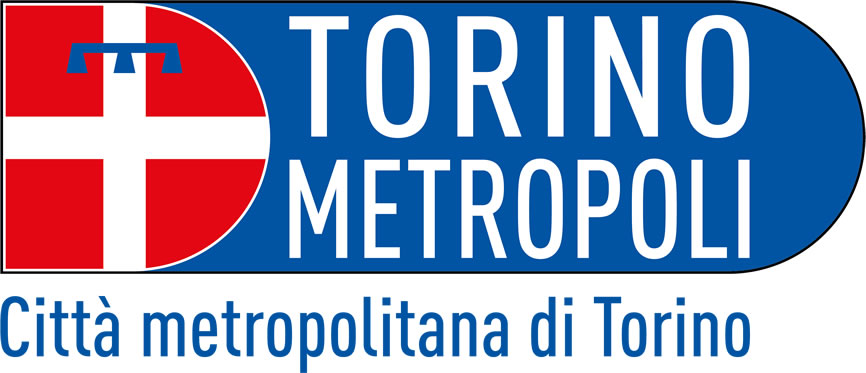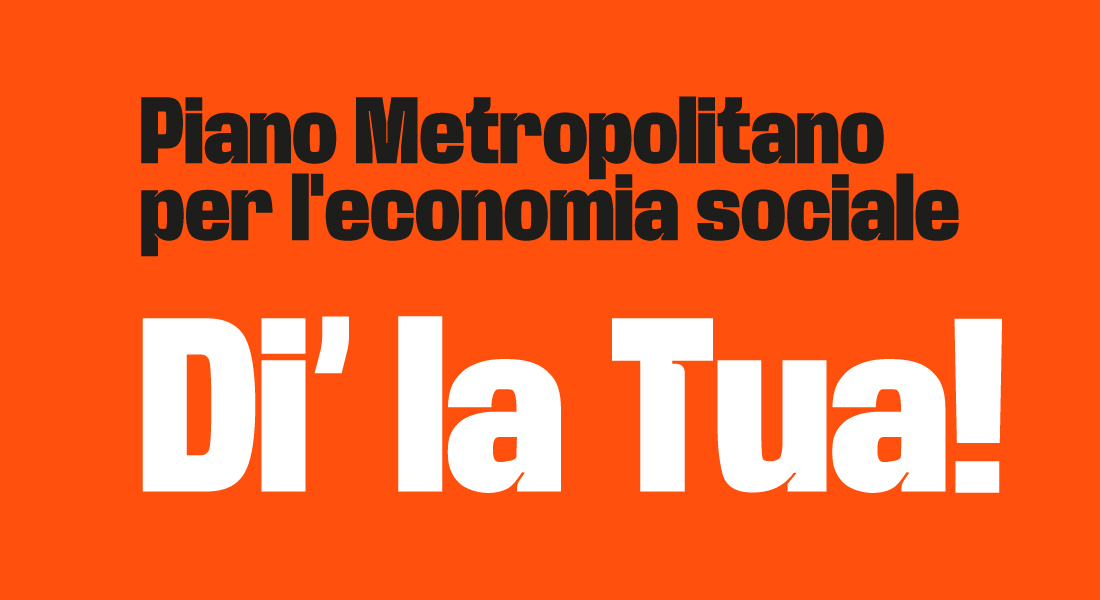The Metropolitan City of Turin (NUTS III) is located in Northwest Italy and it is part of the Piemonte Region. It borders with South-East France and it is one of the largest Italian metropolitan areas in terms of size and population (6.827 km2 – population around 2.247.780 inhabitants, of which 890.000 live in the City of Turin). The territory is composed by 52% mountains areas, 21% hills areas and 27% plains.
It is a local public authority, established by Law 56/2014, replacing the former Province of Turin. Italian Metropolitan Cities are a “second level” authorities, governed by political bodies that are elected among mayors and councillors of the municipalities included in the metropolitan area.
Metropolitan City of Turin is composed by a high number of municipalities (312), 143 of these are Mountains Municipalities and mostly small and very small towns: 80% of the municipalities has less than 5.000 inhabitants and 36% has less than 1.000 inhabitants.
As regards competences, its strategic mission is to be a driver for economic – social development for urban and rural areas; to be capable of interpreting the new needs of the economy and society, of managing flows and networks, and launching large-impact projects to promote the standing of Italian metropolitan areas within the network of global cities. The Metropolitan city is therefore a “governing tool” that can coordinate with individual municipalities within the metropolitan area, surrounding areas, regions and the national government, in order to program and plan within a vast area. Particularly, it has specific competencies in the following areas: economic development, strategic and general planning; territorial planning, including spatial planning and land-use planning; implementation of sustainable public procurement (SPP); support for growth to SMEs; improvement of start-up and scale-up processes; support to innovative ecosystems in the framework of regional smart specialization strategies (RIS3); ICTs and digitalization.




